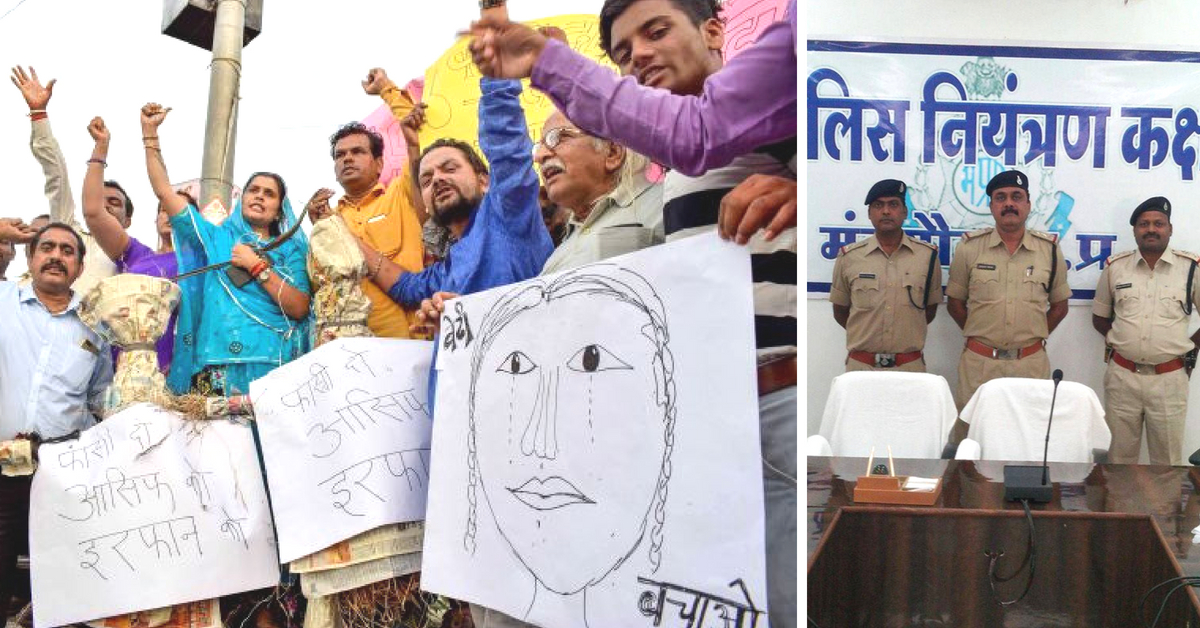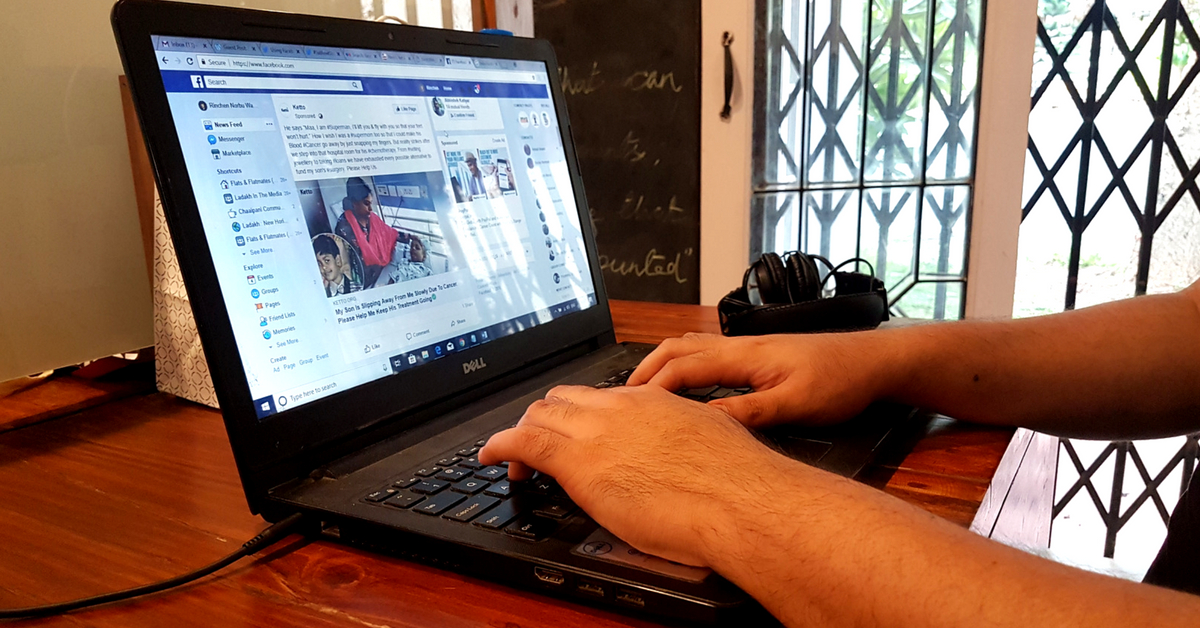MP Cops Use Viral Videos to Nab Rape Suspect in a 7-Year-Old Girl’s Case
Despite the spate of recent mob lynchings based on rumours, Mandsaur shows us that social media isn't really the problem.

The spread of rumours on social media platforms like Facebook and WhatsApp have resulted in a spate of mob lynchings during the past few months. As argued earlier, the problem isn’t necessarily with the medium as much as the people who have access to these online platforms, and the inability of the police to deal with rumours that find their way there.
In Madhya Pradesh, however, the police force has used these platforms to track down their prime suspect in the horrific Mandsaur child rape case, which was reported all over the national media.
The incident brought the entire town to a standstill with residents coming out in the streets demanding justice. The seven-year-old rape survivor from Mandsaur town also suffered other grievous injuries like stab wounds and is currently recovering from her injuries at a local hospital.
When the case first came to light, the police had little to no leads. The CCTV cameras at her school weren’t functional, and no witnesses came forward. The survivor, meanwhile, was in no position to give any statement, given the trauma she had suffered.
The task ahead was difficult, and public pressure was making it harder. So, what the police did first was to ask the shopkeepers in and around the school for their CCTV footage.
After assessing nearly 400 hours of footage, the police narrowed it down to three different clips of the girl with a young and frail man. The man, police believe, had offered the girl some sweets and taken her away with him. Confirmation of the girl’s identity in those clips came from the parents. Unfortunately, there was another obstacle—the man’s face wasn’t clearly visible. Nonetheless, what the police noticed was a particular brand of shoes he had worn on the day.

Despite the risks associated with sharing photos of rape suspects on social media following recent incidents of mob lynching where innocents were killed, the police shared the three CCTV clips on WhatsApp hoping someone would recognise the suspect.
The risk was even greater in a communally-sensitive town of Mandsaur. Initially, fears that such clips may incite rumours about the religious identity of both the victim and suspect came to light. Rumours that the victim had died of her injuries also began to spread. In a bid to control events, the police reached out to local politicians, community leaders and resident associations about the facts of the case and requested them to help by not spreading unwarranted rumours.
Also Read: When Public Servants Stand Up For You: 5 Ways They Are Battling Fake News
Considering the gravity of the case, the locals complied and began working with the police to identify the suspect. “We felt this was a criminal case and should not be given a religious colour. It could happen to anyone’s daughter,” said a local leader of a Hindu fringe group, to the BBC.
After receiving multiple tips from residents, the police narrowed down their list of suspects to seven. The police then began sifting through the Facebook profiles of all seven suspects, and finally zeroed on one who was found wearing the same brand of shoes identified from the CCTV footage. The police identified Irfan and Asif, both residents of Madarpura in Mandsaur town, as the accused.

Manoj Singh, the Mandsaur police chief, knew that circulating the clips on social media was a risk that could have gone very wrong. “I didn’t sleep the whole night after we began circulating the CCTV footage on WhatsApp groups,” Singh told the BBC.
Nonetheless, it’s essential to reassert that these social media platforms aren’t really the problem. In this case, they helped assist the police in capturing their suspect. Good old-fashioned policing with the aid of social media and local residents is what finally helped the police bring calm to a restive town.
(Edited by Gayatri Mishra)
Like this story? Or have something to share? Write to us: [email protected], or connect with us on Facebook and Twitter.
NEW: Click here to get positive news on WhatsApp!
If you found our stories insightful, informative, or even just enjoyable, we invite you to consider making a voluntary payment to support the work we do at The Better India. Your contribution helps us continue producing quality content that educates, inspires, and drives positive change.
Choose one of the payment options below for your contribution-
By paying for the stories you value, you directly contribute to sustaining our efforts focused on making a difference in the world. Together, let’s ensure that impactful stories continue to be told and shared, enriching lives and communities alike.
Thank you for your support. Here are some frequently asked questions you might find helpful to know why you are contributing?


This story made me
-
97
-
121
-
89
-
167











